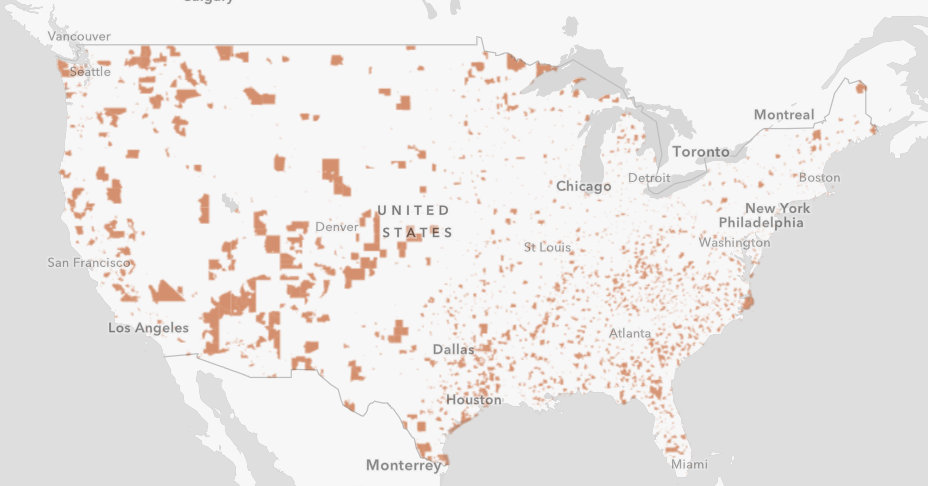The U.S. Department of the Treasury has issued proposed regulations on the Opportunity Zones tax incentive and the operation of Opportunity Funds. This guidance is a significant first step that will help unlock market activity and economic impact in Opportunity Zones – but only a first step. Many key questions remain unanswered and additional rounds of rulemaking are yet to come.
Stakeholders have until December 28, 2018 to submit comments on the proposed regulations, and Treasury and the IRS intend to hold a public hearing on January 10, 2019.
Here are some key takeaways from the regulatory guidance and companion revenue ruling:
For Taxpayers
- All types of capital gains – but only capital gains (i.e. not ordinary gains) – are eligible for the tax benefit.
- A partnership may elect to defer part or all of a capital gain. That deferred gain will not be included in the distributive shares of the partners.
Qualified Opportunity Funds
- Opportunity Funds must be classified as a corporation or partnership for income tax purposes, meaning a limited liability company (LLC) can qualify. Opportunity Funds must also be created or organized in one of the 50 U.S. states, DC, or a U.S. territory.
- Pre-existing entities can qualify as Opportunity Funds or Opportunity Zone businesses as long as they satisfy the necessary requirements.
- Opportunity Funds will be able to choose the first month in which they are treated as an Opportunity Fund. The last day of the fund’s taxable year is a test date for the 90-percent asset test.
- An Opportunity Fund must value its assets for purposes of the 90-percent asset test using values reported on the fund’s audited or filed financial statements (or using the cost of the assets if it does not have them).
- Though Opportunity Zone designations expire at the end of 2028, taxpayers may continue to hold Opportunity Fund interests invested in those zones and still may step up the basis of their Opportunity Fund investments to fair market value if they hold the investments for ten years.
Opportunity Zone Businesses
- At least 50 percent of gross income must be derived from the active conduct of a trade or business within an Opportunity Zone. Likewise, a substantial portion of intangible property must be used in the active conduct of a trade or business within an Opportunity Zone.
- For purposes of determining whether “substantially all” of a business’s tangible property is Opportunity Zone business property, the proposed rules define “substantially all” to mean 70 percent or more.
- Treasury proposes that cash and cash equivalents designated as working capital will not be counted as “nonqualified financial property” for up to 31 months if certain conditions are met, including a written plan on how the working capital will be used to invest in Opportunity Zone property, a written schedule covering the 31-month period, and (ultimately) substantial compliance with that schedule by the business.
- Property subject to construction or substantial improvement in accordance with the working capital plan will not fail to qualify as Opportunity Zone business property solely because the planned expenditures have not been completed (and thus can contribute to meeting the 70 percent “substantially all” test if it otherwise meets the definition of Opportunity Zone business property).
- The accompanying revenue ruling proposed that, for purposes of determining whether an existing building on land in a zone has been substantially improved, the improvements need to double the owner’s basis in the building only — not in the land. Treasury intended this in part to encourage the repurposing of vacant buildings in Opportunity Zones.
Topics For Future Comment
In addition, Treasury is seeking input on several outstanding issues, including (but not limited to):
- How to determine whether the “original use” of property commences in an Opportunity Zone, and other questions related to this definition.
- How to define “substantially all” in the other places the phrase appears (e.g., the holding period requirement).
- Alternatives to provide a reasonable period of time for a fund to reinvest gains and still meet the 90-percent asset test, and how to treat gains that the fund reinvests during that period. “Soon-to-be-released” proposed regulations will further address this issue and formally request comments.





